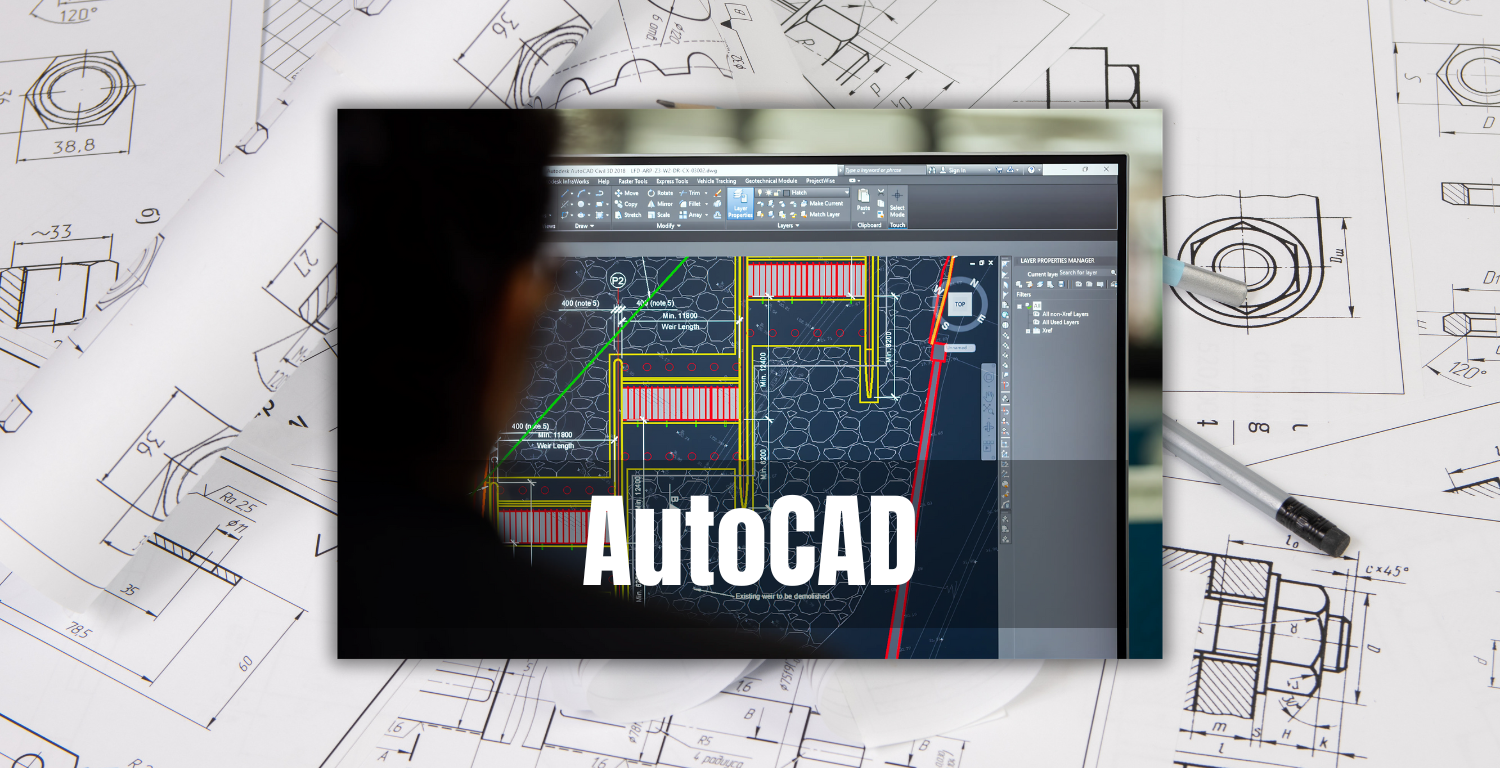
Introduction
AutoCAD software is essential for students pursuing mechanical, chemical, electrical, or any other engineering-related fields such as Diploma, Degree, ITI, or 10th and 12th-grade students. At Excel Technical Institute, we offer a comprehensive one-month course that covers both software and theory aspects of AutoCAD. This course is designed to help students understand the fundamentals of drafting and designing in various industries. AutoCAD is a powerful tool used in creating precise 2D and 3D drawings, which is critical for engineers, architects, and designers. The software is widely used for drafting, designing, and modeling, making it an indispensable skill for students aiming to pursue careers in engineering, construction, or manufacturing.
Learning AutoCAD will not only enhance students’ technical skills but also prepare them for real-world applications, enabling them to visualize, plan, and execute engineering projects with accuracy and efficiency
Course Information
• Eligibility: 10th pass, 12th pass, any degree, diploma and graduate student
• Duration: 1 month
• Learning Hrs: 35+
• No. of Assignments: 10
• No. of tests: 3
• Learning method: Online & Offline
Key Industries covered in AutoCAD
• Mechanical Engineering • Civil Engineering
• Electrical Engineering • Architectural Design
• Interior Design • Automotive Industry
• Aerospace Engineering • Plumbing and HVAC
• Petrochemical • Chemical Engineering
Course Carriculum
1. Overview of AutoCAD Interface
- Ribbon, Toolbars, Command Line, Status Bar
- Setting up the Workspace
- Types of AutoCAD files (DWG, DXF)
- Introduction to Units and Drawing
- Scale
2. Basic Drawing Tools:
- Drawing Lines, Circles, and Arcs
- Rectangle, Polyline, Ellipse
- Zoom, Pan, and Viewports
- Working with Layers
- Using the Object Snap (OSNAP) and Grid
3. Editing Tools:
- Move, Copy, Rotate, Scale
- Stretch, Mirror, Offset
- Trim, Extend, Fillet, Chamfer
- Explode, Join, Break
Undo and Redo Functions
4. Advanced Drawing Techniques:
- Drawing Complex Shapes with Polylines
- Using the Hatch Tool
- Working with Blocks and Attributes
- Creating and Editing Dimensions (Linear, Angular, Radial)
- Annotating with Text and Multi-line Text
- Creating and Editing Dimensions (Linear, Angular, Radial, Ordinate)
5. Working with Layers and Properties:
- Layer Creation and Management
- Layer Visibility and Color Control
- Layer Filters and Properties
- Controlling Object Properties (Color, Line Type, Line Weight)
6. Using Templates and Standards:
- Working with Drawing Templates (DWT)
- Standard Layer Management (using predefined standards)
- Text Styles, Dimension Styles, and Linetypes
7. Introduction to 3D Modeling:
- Overview of 3D Modeling in AutoCAD
- Creating 3D Objects (Box, Sphere, Cylinder, Cone)
- Basic 3D Modifications (Extrude, Revolve, Sweep, Loft)
- Creating and Modifying Solids
- Working with 3D Faces and Meshes
8. Creating Project Drawings (2D and 3D):
- Step-by-step guide for creating a detailed 2D plan (e.g., floor plan, mechanical part)
- Introduction to architectural, mechanical, and electrical drawings
Applying dimensions, annotations, and text in a project - Adding hatches, symbols, and block references to drawings
9. Advanced Techniques in Drafting:
Working with Xrefs (External References)
Managing Blocks and Attributes for Advanced Design
Creating and Managing Layouts and Plotting
Plotting a Drawing to PDF and Paper Space vs. Model Space
Using DesignCenter and Tool Palettes for Efficiency
10. Final Project and Review:
- Design a 2D or 3D model (e.g., mechanical component, electrical schematic)
- Final project presentation and review
Addressing common challenges and mistakes in AutoCAD
Mr. Prathamesh Sawant
Proffesional Instructor
MTech – Mech (2021) : Mumbai University
Ready to get started?
Get in touch, or Contact us for Admission




